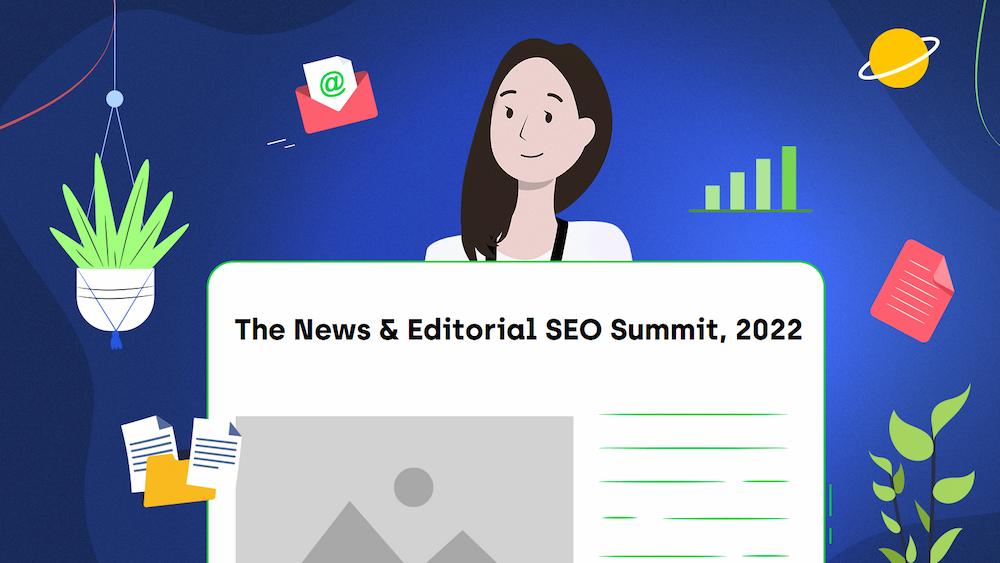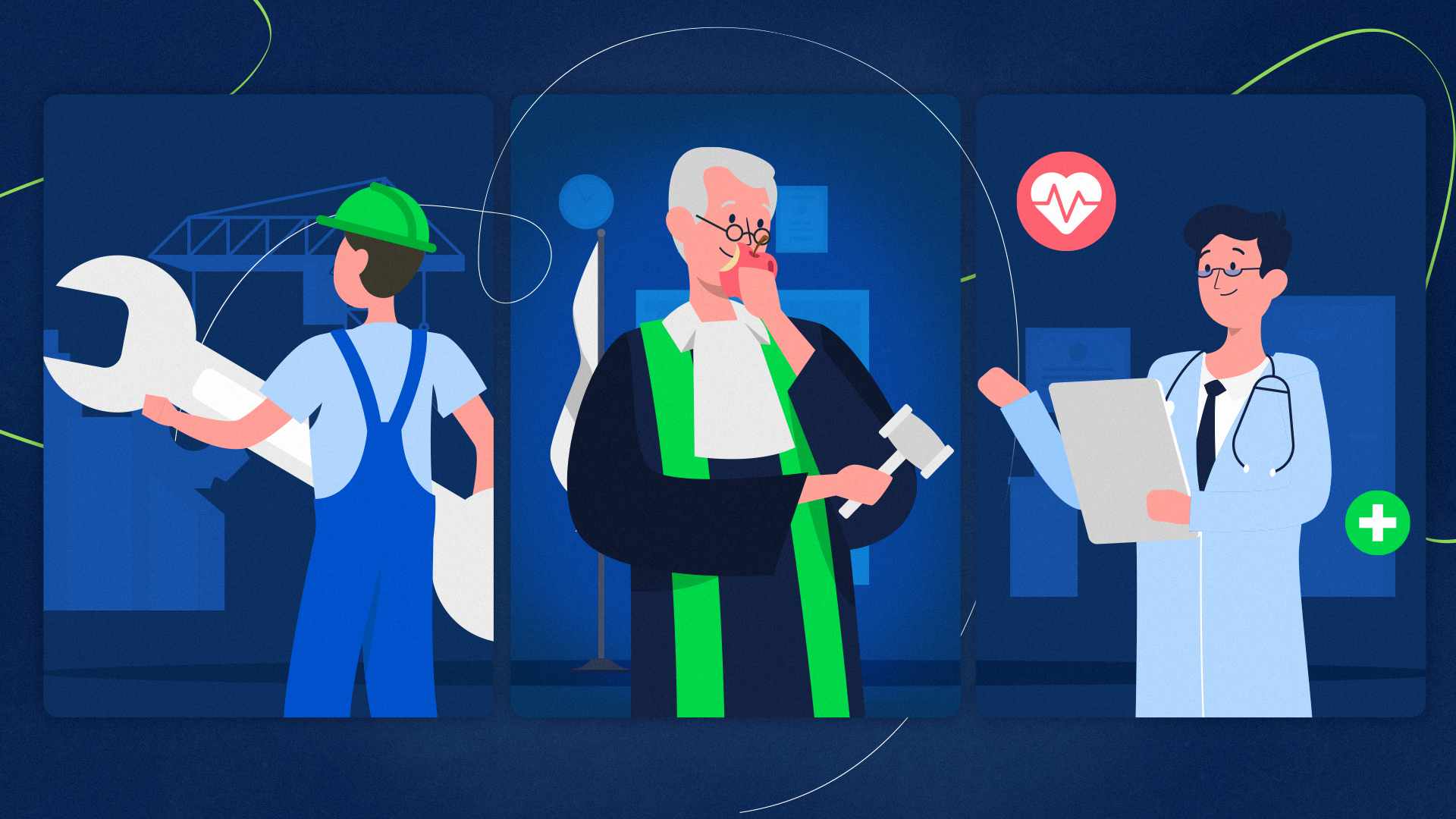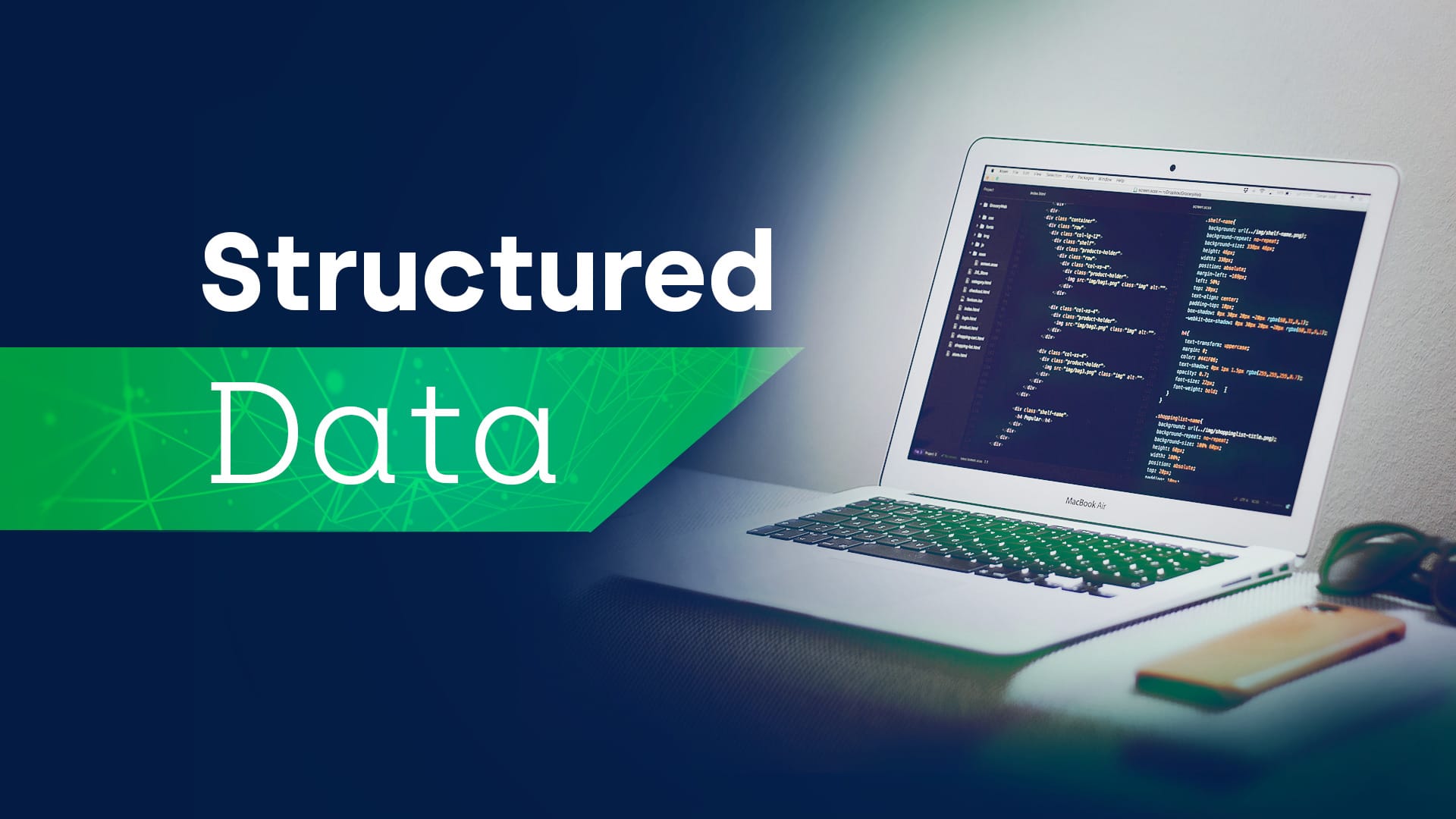Are you an SEO, content writer, or marketer hungry for News SEO knowledge based on the insights of experienced professionals?
There is a way to fully satisfy your needs.
The News and Editorial SEO Summit is an online event founded by John Shehata, the Global VP of Audience Development at Condé Nast, and Barry Adams, the founder and SEO Consultant at Polemic Digital.
This year, on October 4-5, I had the pleasure of attending it for the first time.
In this article, I cover the most interesting insights from the two days of the conference.
Barry Adams opened this year’s summit with an overview of the Google changes and updates for news websites.
What happened in technical SEO in 2022? Let’s take a look at the top mentions based on Barry’s presentation:
- Google simplified the Index Coverage (Page Indexing) report in Google Search Console. Now, the report focuses on the issues that prevent your website from getting indexed.
- Google improved the Core Web Vitals report in Google Search Console. Now, it shows more examples of URL-level data, which makes it easier to work on the specific recommendations afterward.
- Google introduced new reports such as HTTPS and Video indexing.
- Google introduced a new robots tag: indexifembedded. It may help you manage the indexing of your content when you use an iframe and even when the page used within the iframe uses the noindex tag.
- Google confirmed that you shouldn’t use the iframe and img elements in the <head> section. Barry underlined the importance of this update from the indexing perspective. In the case of indexing news articles, Google primarily parses the HTML code, which needs to be readable for bots. That’s because it’s most important to index the news content as fast as possible. The iframe and img elements above should belong to the <body> section. So using them in <head> may send mixed signals to Google and make it ignore the invalid elements.
- Google kept removing information about AMP from its official documentation on structured data. Also, as Barry observed, more and more websites recently are deleting AMP, such as, e.g., Search Engine Land.
As AMP was meant to be a way to improve website performance, Barry underlined the importance of Core Web Vitals when you stop using AMP. If you are a news publisher, remember that Core Web Vitals influence rankings in the Top Stories carousels. In other words, if your CWV score is poor, your rankings will suffer.
Contact us for our web performance services to receive an audit.Want to improve your Core Web Vitals score?
- News websites heavily suffered from the Google September 2022 Core Algorithm Update. Based on Lily Ray’s article, Barry observed that news websites may now struggle with visibility in Google more than other types of websites. When addressing the negative results of Google’s algorithm updates, Barry recommended mainly building your brand power and loyal audience.
SEO tactics to get featured in the live Top Stories
As Claudio E. Cabrera underlined, breaking news articles marked with the “LIVE” red pill no longer dominate the first positions in the Top Stories carousel as often as they did in the past. What you can do to troubleshoot this is to create supporting content.
The surrounding content around a storyline continues to be even more important, which is what I consider a “breakout.” Those are the storylines within a storyline that people are searching for. […] The decreased presence of live can push publishers to further invest in additional areas of coverage that can serve as link juice for their live by including it there but also another point for readers to reach it.
When it comes to planned events, you have enough time to prepare content about them in advance. However, you don’t have this opportunity in the case of live breaking news.
That’s why you must take different strategies when aiming for live Top Stories for planned events vs. breaking news.
Here are some tactics to increase your chances of getting featured in the Top Stories for planned content:
- Make sure you place your planned content on your homepage, as it’s probably the page that Google crawls the most often on your website.
- Remember that most news websites go live 3-5 hours before an event and then extensively update an article every 20-30 minutes. From a smaller brand’s perspective, you must go live often and earlier than your competitors. Why? Because it’d be challenging to compete with more recognizable sources when you both publish at the same time.
- Put your most authoritative authors on writing the live articles.
- Try to request indexing of your new article in GSC. Remember that the sooner Google indexes your live content, the better in a 10-minute window.
- Link internally on keywords that are relevant to a specific live event. Linking before a given event (e.g., a 15-30 minute period) may be very important.
But how to approach the case of breaking news?
From Claudio’s experience, it would be best to publish your article within 3-4 minutes of a breaking news event. The best practice is to post any confirmed content and then update it consistently in first 90 minutes of an event as you receive more information.
Those initial content updates are crucial for your visibility in the Top Stories carousel with live content. The fact that you were the first to serve information doesn’t guarantee your article will be marked with the red pill throughout the whole event.
In other words, Claudio recommended going live as soon as possible and creating supporting content based on what people may search for.
Leveraging opinion-based articles for rankings
News websites have to prioritize fast indexing of their content. But at the same time, according to Koray Tuğberk Gübür, Google simply doesn’t have time to process the accuracy of a text at the initial stage of indexing. In turn, analyzing text accuracy is a long-term solution to process and prioritize content on the web.
Then, how can Google differentiate between opinions and facts in news content?
The need of fast indexing and serving will always be more important than understanding the “truth” at the first stage. Thus, the quality news sources have higher accuracy with more historical data, and PageRank. Google has to assume that truth comes from the strength of repeated evidence from the most authoritative sources.
The E-A-T factors certainly help Google recognize authoritative content sources.
However, Koray underlines that even if you are an expert on a given topic, it would be challenging to rank your website with a low PageRank score. And to differentiate between facts and opinions, search engines first need to understand which information is highly repetitive.
So how exactly do search engines decide in the short-term what content to rank? They need to:
- Distinguish authoritative sources thanks to, e.g., PageRank or search behaviors,
- Rank them for various topics depending on their context, and
- Serve the most relevant results based on trust.
Search engines can process the text’s accuracy and understand facts only long-term. Then, it’s time for them to “re-assign topical relevance and authority.”
Contact us for our E-A-T SEO services to fully demonstrate your expertise to Google.Struggle to optimize your E-A-T?
Schema’s importance for ranking content
Your content should be understandable not only to people but also to bots. That’s the part where Schema plays an important role.
Joost de Valk outlined that bots see Schema as a storyline. Such a graph-based version of your content helps search engines understand the relationship between different entities and serve the relevant results. For example, Schema explains to bots what your content is about, who created it, to which organization the author belongs, etc.
Although using Schema isn’t considered a ranking factor, it’s crucial to help your content rank for targeted topics.
If your website is good for users, it will rank better. But it would only do that if it has the right technical markup, the right Schema, and is actually understood by the machines. If it’s not […], you’ll never get from that page to the search engine, so you’ll never get to that user in the end. You really need to do both.
Also, Schema allows you to get snippets for your website, such as FAQ rich results. Thanks to them, according to Joost, you can attract more traffic to your website.
For the sake of future Schema development, Joost also called on SEOs to take part in GitHub projects dedicated to Schema markup.
Article update checklist for evergreen content
Alli Berry underlined the importance of having evergreen articles for SERP domination with the Top Stories content.
Here’s her checklist for updating evergreen content on news websites:
- Evaluate page performance by looking at your website’s traffic and ranking position.
- Perform a SERP analysis. Check the SERP features for a particular query and how that may influence your performance. Also, analyze if your page intent matches the search intent of the keywords you’re targeting.
- Optimize your content format to make it easy for users and search engines to read. Use your judgment to decide strategically, e.g., on the length of paragraphs and using tables, charts, or lists.
- Take care of your internal linking. Check if your updated page links to other relevant pages.
- Ensure you provide users with current information, especially with YMYL pages. Note that presenting outdated information may negatively influence your ranking.
- Refine rich media types that you use based on the competitor analysis. Think about what media types your competitors use and what works for them best.
- Use Schema markup to leverage the full potential of your pages.
The best-performing Top Stories study
John Shehata dived into the top-performing Top Stories in 2022. He analyzed news articles appearing in the US mobile SERPs and ranking position first using the NewzDash tool.
Here are some interesting stats John presented on the Top 1000 News Articles:
- 72% had page titles of length between 20 and 60 characters.
- Only 3% had the same Top Stories title as H1.
- 38% had blocked JavaScript resources.
- 67% used the NewsArticle Schema.
- 18% used the “Same As” Schema.
- 72% reduced unused JavaScript on their pages.
- Only 64% passed the Core Web Vitals thresholds.
- On average, the analyzed Top Stories had a word count of 1197 words per article.
The use of internal linking to boost evergreen content
Pontus Sandberg, CEO of GRC Media, spoke about the importance of internal linking to enable Google to understand your site architecture and help users navigate your website.
An important thing to remember is that not every page on your domain can be linked from the main navigation bar or footer. Too many links in these sections may make them less UX-friendly and dilute the relationship between your pages for Google.
Here’s when you may take advantage of contextual links. In the case of news content, they are the links within your articles that may make them highly relevant to the topic you are linking.
Moreover, contextual links create an opportunity for using relevant anchor text that naturally fits the context.
Do you want to find the best contextual link opportunities? In this case, Pontus recommends using the Custom Search function in Screaming Frog. The tool enables you to crawl a website and search for URLs mentioning a specific keyword either in the HTML code or in the text itself.
The final step consists of adding links from the evergreen articles on your domain to the new ones, starting from the URLs of the highest ranking.








